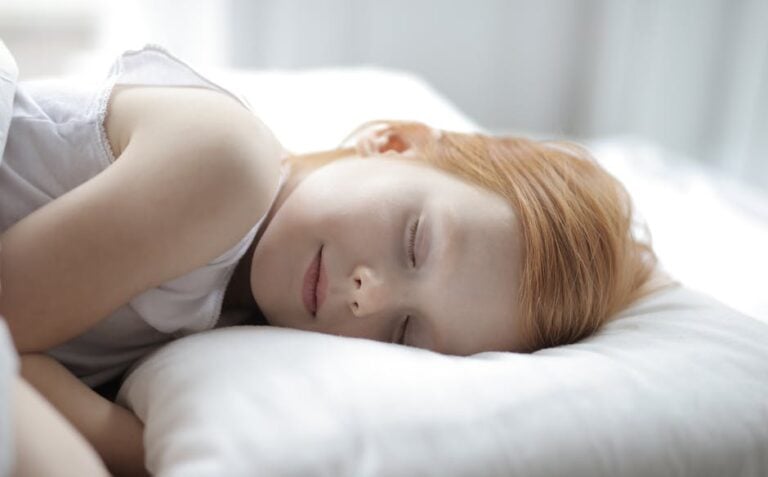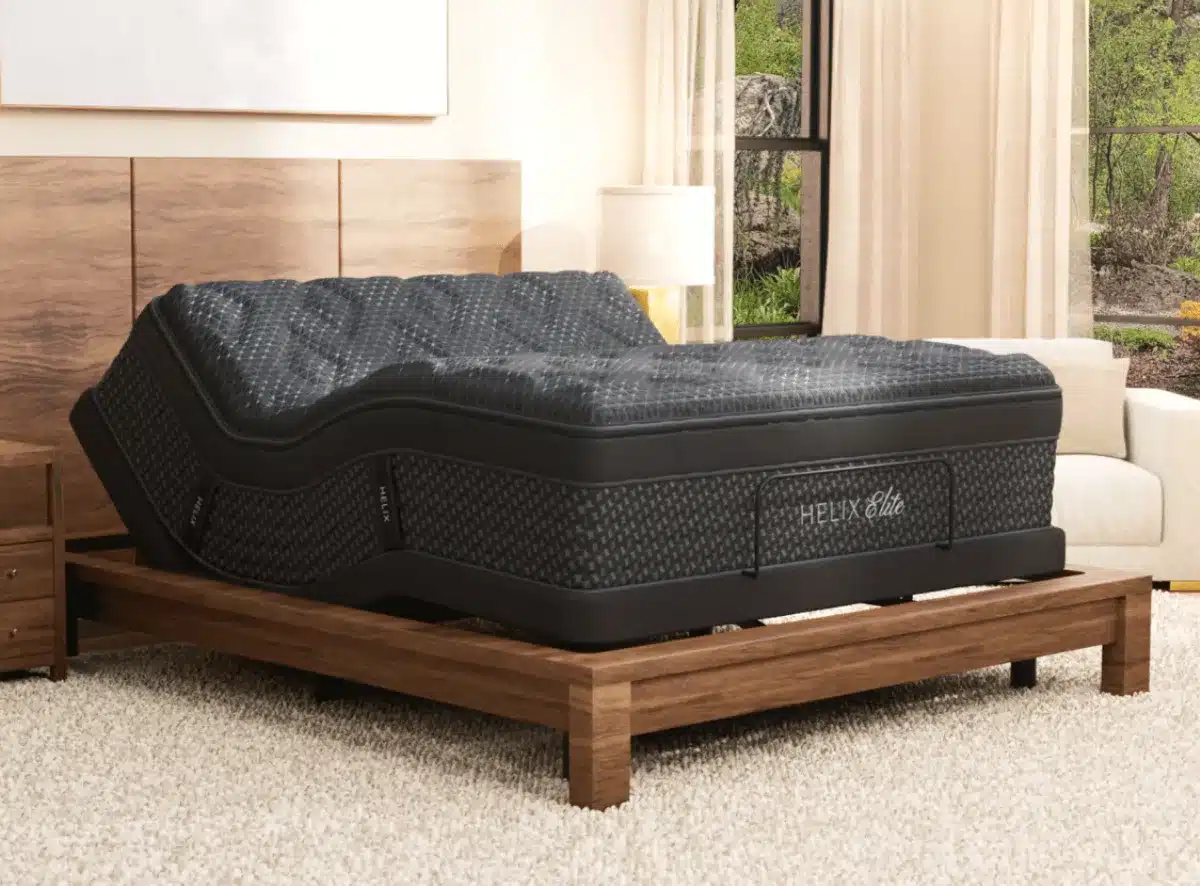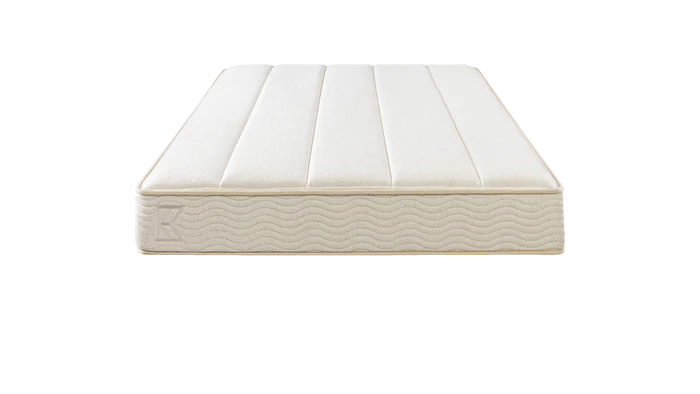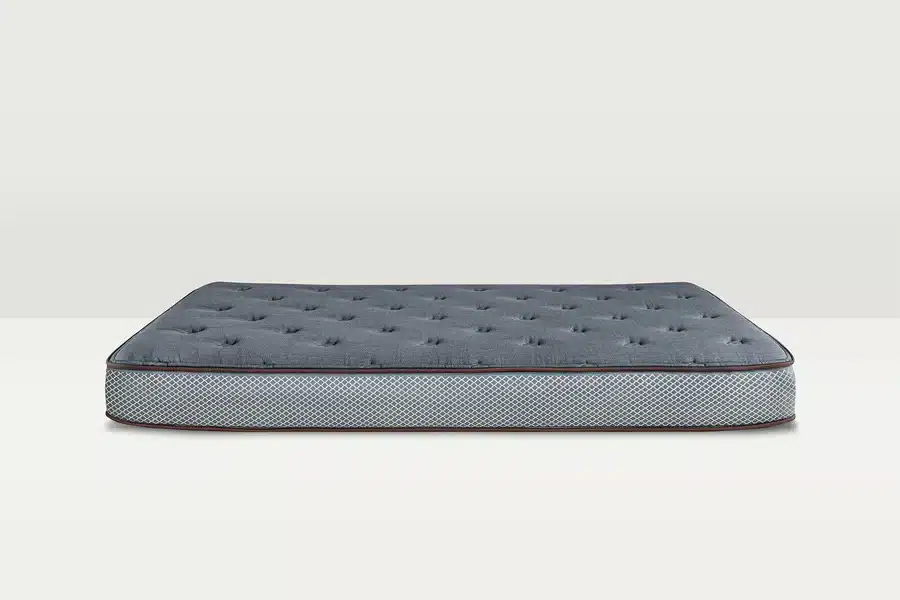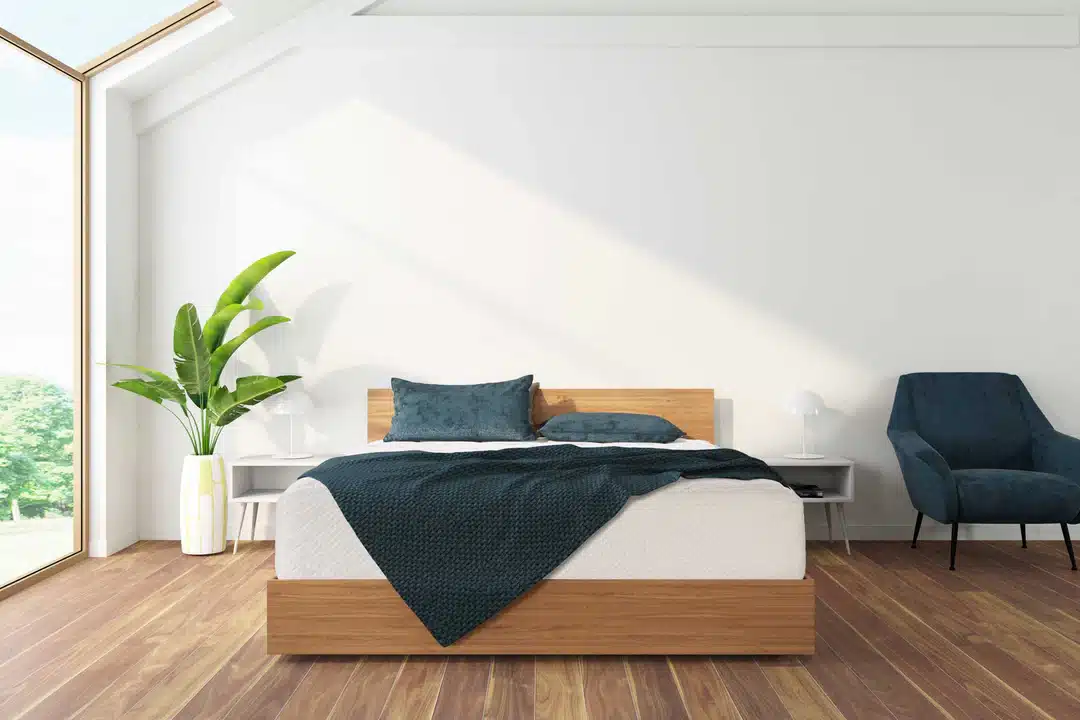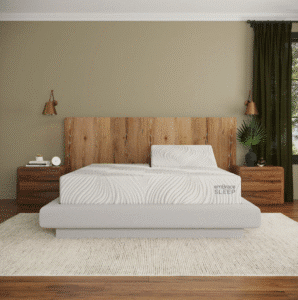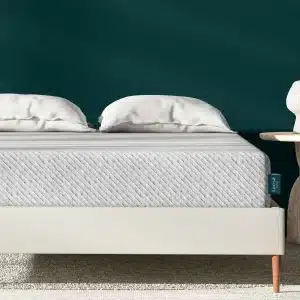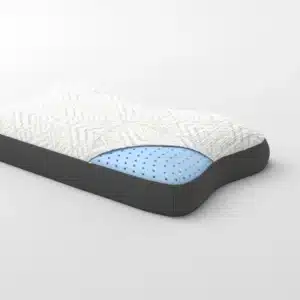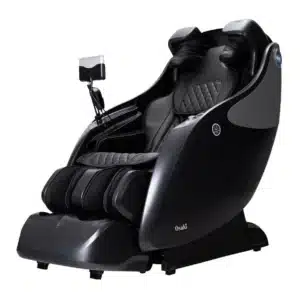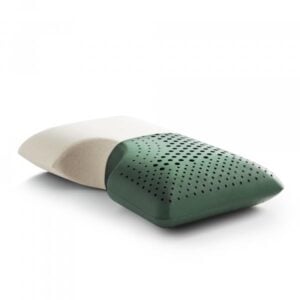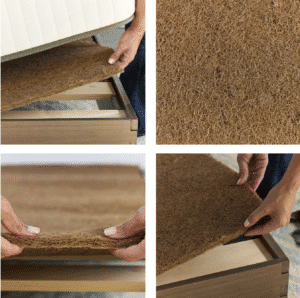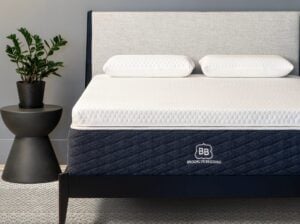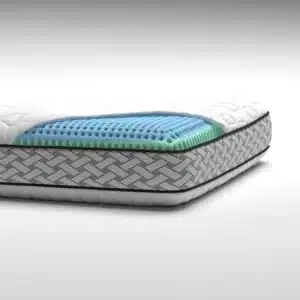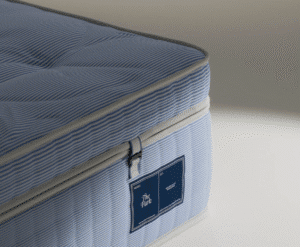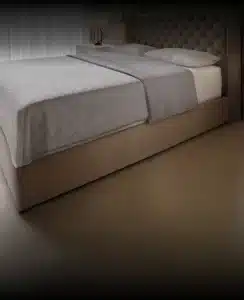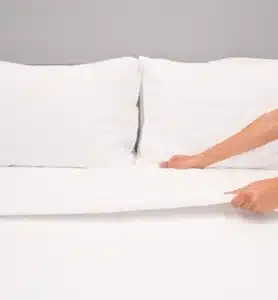A Practical Guide to Red Light Therapy for Better Sleep
Unlocking Better Sleep with Red Light Therapy
Struggling to get a good night’s sleep? Red light therapy could be your answer. This innovative treatment has garnered attention for its ability to enhance sleep quality and duration. Here are the key benefits of Red Light Therapy for Sleep:
– Enhances Melatonin Production: Red light therapy stimulates the natural hormone that cues your body to sleep.
– Regulates Circadian Rhythm: It helps maintain a stable internal clock, making it easier to fall asleep and wake up naturally.
– Non-Invasive and Safe: Unlike other treatments, red light therapy is gentle and free from harmful UV rays.
– Clinically Supported: Numerous studies indicate that this method improves both sleep quality and duration.
Sleep is crucial for overall well-being, yet many individuals face challenges in achieving restful slumber. Factors like excessive blue light from screens and irregular daily schedules can disrupt our sleep patterns, paving the way for red light therapy, an effective alternative.
This gentle therapy mimics the calming rays of a sunset, encouraging melatonin production and aligning the circadian rhythm. Supported by various studies, including those involving athletes and insomniacs, just a brief evening session may significantly improve your sleep quality and enhance your overall health.
I’m Ben Trapskin, founder of Yawnder. After overcoming my own sleep issues and spending 13 years as a librarian, I aim to help others discover effective solutions. Join me as we explore Red Light Therapy for Sleep.
What is Red Light Therapy?
Red light therapy is a non-invasive treatment that utilizes low-level red light wavelengths to penetrate the skin and stimulate cellular processes. Initially developed by NASA for growing plants in space, it was soon discovered to have therapeutic benefits for humans.
A Brief History
This groundbreaking therapy began in the 1990s when NASA aimed to enhance plant growth. Astronauts found that their wounds healed faster under red light, spurring further research into its therapeutic effects. Over the years, scientific inquiries have supported the benefits of red light therapy for cellular health.
How It Works
The mechanism behind red light therapy lies in its ability to penetrate the skin and stimulate mitochondria—the cell’s energy factories. By increasing ATP (adenosine triphosphate) production, red light therapy enhances cellular energy, promoting healing and rejuvenation.
Key Mechanism: Mitochondrial Stimulation
Red light activates mitochondria, allowing them to produce more ATP efficiently. This uptick in energy equates to improved cellular functions, including tissue repair and hormone production, essential for sleep regulation.
Red Light vs. Infrared Light
While both forms of light therapy aim to stimulate cellular activity, they differ in wavelength. Red light (600-700 nanometers) penetrates superficially, while infrared light reaches deeper layers of tissue. Although red light therapy is not a complete substitute for natural sunlight, it offers similar benefits without the harmful effects of UV rays.
Benefits of Red Light Therapy for Sleep
Red light therapy provides multiple advantages that can vastly improve sleep quality. Here’s how it specifically impacts melatonin production, circadian rhythm, and more.
Enhancing Melatonin Production
Melatonin serves as the key hormone regulating sleep-wake cycles. Unlike blue light, which suppresses this hormone, red light therapy supports its production. Research shows that red light wavelengths foster natural sleep patterns and enhanced sleep quality. For instance, a study on Chinese female basketball players revealed increased melatonin levels after 14 days of red light therapy, resulting in improved sleep quality.
Regulating Circadian Rhythm
Your circadian rhythm dictates when you feel sleepy and alert. Red light therapy proves effective in maintaining a balanced rhythm, unlike disruptive blue light. By incorporating it into your evening routine, you can promote a natural transition into sleep.
Alleviating Pain
Chronic pain can drastically hinder your ability to sleep soundly. Red light therapy’s analgesic properties effectively reduce pain and inflammation, especially beneficial for individuals suffering from back, neck, or shoulder discomfort. By addressing pain, red light therapy helps facilitate falling and staying asleep.
Combating Jet Lag
Traveling across time zones can lead to jet lag, characterized by fatigue and disrupted sleep. Research indicates that red light therapy can reset your circadian rhythm, allowing for smoother adjustments to new time zones.
Supporting Mental Health
Sleep issues are often prevalent among those suffering from depression. Red light therapy not only enhances sleep quality but can also positively influence mood. Studies show that combining light therapy with antidepressants can yield significant benefits, including better serotonin regulation.
Treating Seasonal Affective Disorder (SAD)
Seasonal Affective Disorder, typically triggered during winter months, can lead to oversleeping or insomnia. Red light therapy helps regulate levels of serotonin and melatonin, providing relief from SAD symptoms. Research indicates substantial benefits for individuals undergoing light treatment.
By grasping these multifaceted benefits, you can effectively utilize red light therapy as part of your journey toward enhanced sleep quality and overall health.
How to Use Red Light Therapy for Better Sleep
Maximizing the benefits of Red Light Therapy hinges on proper usage. Here’s an engaging guide to incorporate it effectively:
Timing is Key
The optimal time to engage in red light therapy is in the evening, approximately 20-30 minutes prior to bedtime. This reminder to your body allows for a smoother transition into sleep.
Session Duration
Aim for sessions lasting between 5 to 15 minutes. Consistency is vital: establish a nightly routine, as demonstrated in studies where subjects reported significant improvements in quality of sleep after just a fortnight of use.
Choosing the Right Device
Selecting the appropriate device can make a substantial difference in your experience. Look for options emitting light within the 600-700 nanometer range, best suited for boosting melatonin production. Notable devices include the Joovv Go and Red Light Man Mini, both portable and user-friendly.
Evening Routine Suggestions
To seamlessly integrate red light therapy into your evening routine, consider the following steps:
1. Device Setup: Position your red light therapy device in a comfortable area.
2. Dim Other Lights: Lower ambient light to amplify the effectiveness of the red light.
3. Session Duration: Spend 5-15 minutes with the device while engaging in a calming activity, such as reading or meditating.
4. Maintain Consistency: Make this part of your nightly ritual to experience optimal results.
By employing these straightforward steps, red light therapy can become an integral component of your wind-down routine, paving the way for improved sleep quality.
Top Red Light Therapy Devices for Sleep
Choosing the right device is crucial for effective red light therapy. Here are some top picks:
Joovv Go
Widely acclaimed for its portability and user-friendliness, the Joovv Go emits light in the ideal range for sleep support.
– Portability: Easy to take anywhere.
– Ease of Use: Designed with user-friendly instructions.
– Powerful: Offers medical-grade performance in a compact design.
Red Light Man Mini
Offering both affordability and effectiveness, the Red Light Man Mini is perfect for a variety of settings.
– Budget-Friendly: One of the most economical options.
– Compact: Ideal for desks or bedside tables.
– Effective: Emits the beneficial 600-700 nanometer light range.
Helight Sleep
Specifically tailored for evening use, the Helight Sleep combines aesthetics with functionality.
– Design: Stylish and easy to incorporate into any environment.
– Functionality: Customized for relaxation before sleep.
– User-Friendly: Intuitive controls enhance the user experience.
These devices were selected for their efficiency and ease of use, making your transition to red light therapy smooth and effective.
Frequently Asked Questions about Red Light Therapy for Sleep
Does red light really help you sleep?
Absolutely. Several studies indicate that red light therapy improves sleep quality by promoting melatonin production and regulating internal clocks.
Is it OK to sleep with a red night light?
Using a red night light is generally safe and can actually benefit your sleep. Unlike blue light, red light has a low color temperature and does not disrupt melatonin production.
How to use red light for sleep?
– Timing: Utilize the device 20-30 minutes before bed.
– Duration: Keep sessions between 5-15 minutes.
– Device Settings: Ensure it operates within the 600-700 nanometer wavelength.
Incorporating red light therapy into your nightly routine can lead to improved sleep quality and enhanced regulation of your circadian rhythm. This non-invasive approach offers promising solutions for those facing sleep difficulties.
Conclusion
In conclusion, red light therapy holds significant potential for enhancing sleep quality. While further research is necessary, current findings suggest that it positively influences melatonin production and circadian rhythms. This makes red light therapy a remarkable addition to your sleep regimen, especially if you experience challenges in getting adequate rest.
At Yawnder, we strive to guide you in finding optimal sleep solutions to support your overall health. We offer a variety of eco-friendly bedding products that can further enhance your sleep environment.
Final Thoughts on Red Light Therapy for Sleep:
– Safe and Non-Invasive: Red light therapy is easy to use and generally regarded as safe. Always consult the manufacturer’s guidelines and seek medical advice if you have any concerns.
– Effective for Many: Individual results may vary, but many users find red light therapy advantageous for sleep quality.
– Complementary to Good Sleep Hygiene: It should act as a supportive element within a holistic sleep strategy, including healthy bedtime practices.
By blending red light therapy with high-quality sleep products, you can elevate your sleep experience and promote better health. Thank you for trusting Yawnder on your journey to better sleep!


